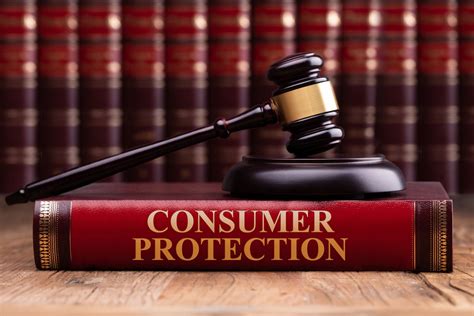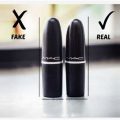Understanding Consumer Rights When Reporting Fakes
1. What are the basic rights consumers have when they encounter counterfeit products?
Consumers have several fundamental rights when reporting counterfeit products. These include the right to safety, information, choice, and to be heard. Each of these rights plays a crucial role in protecting consumers from fraudulent practices.
1. Right to Safety: Consumers should be protected against products that could cause harm.
2. Right to Information: Consumers have the right to be informed about the products they purchase, including potential risks.
3. Right to Choice: Consumers should have access to a variety of products, including safe and genuine options.
4. Right to be Heard: Consumers have the right to voice complaints and seek redress for grievances.
In addition, many jurisdictions have specific laws that protect consumers against counterfeit goods, empowering them to take action against sellers of fakes.
Reporting counterfeit goods is often facilitated through various government and consumer protection agencies, which provide resources and guidance.
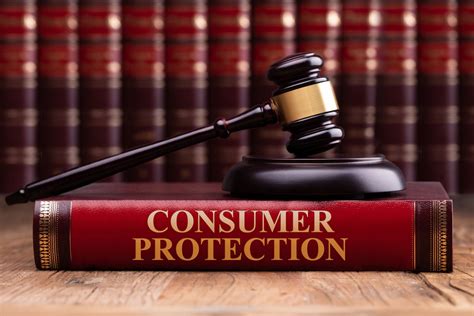
By understanding these rights, consumers can better navigate their options when faced with counterfeit products. It is vital for consumers to document their experiences when reporting fakes, which can help authorities take appropriate actions against fraudsters.
Organizations also play a role in consumer education, helping individuals understand their rights and how to effectively report counterfeit goods.
2. How can consumers report counterfeit products effectively?
Reporting counterfeit products involves a systematic approach. Here are steps consumers can take:
- Document the Evidence: Take photographs and keep receipts.
- Identify the Seller: Note down the seller’s contact information and website.
- Research Reporting Channels: Determine the appropriate agency to report to.
- File a Complaint: Use the agency’s guidelines to file a detailed complaint.
Each step is crucial to ensuring that the report is taken seriously and can lead to appropriate actions against the counterfeit seller.
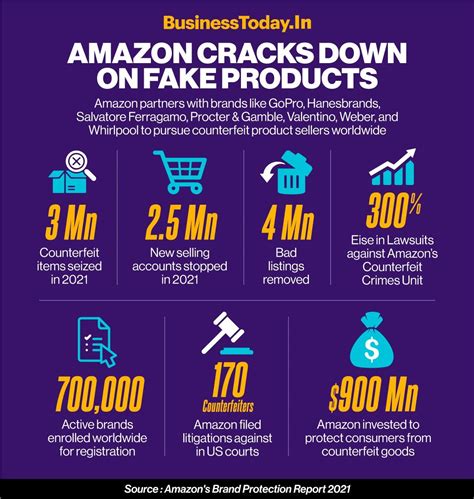
In many cases, consumer protection agencies provide online forms for submitting complaints, which streamline the process.
Additionally, social media can be a powerful tool for raising awareness about counterfeit products. Consumers can share their experiences to warn others and encourage collective action.
It’s important for consumers to understand that reporting counterfeit products not only protects their rights but also contributes to the broader fight against fraud.
3. What legal actions can consumers take against counterfeit sellers?
Consumers have several legal avenues available to them when dealing with counterfeit sellers. These include:
- Small Claims Court: For smaller amounts, consumers can seek redress in small claims court.
- Civil Lawsuits: Depending on the case, filing a civil lawsuit may be appropriate.
- Report to Authorities: Filing a report with consumer protection agencies can initiate investigations.
Each of these options varies in complexity and potential outcomes. Consumers should weigh their options carefully before proceeding.

Additionally, understanding local laws regarding consumer protection can empower individuals to take action confidently.
Many jurisdictions have consumer advocacy groups that offer assistance and resources for navigating the legal process.
Ultimately, consumers must stay informed and proactive about their rights to effectively combat counterfeit products.
4. What resources are available to consumers for reporting fakes?
Consumers can utilize various resources when reporting counterfeit products, including:
- Government Agencies: Such as the Federal Trade Commission (FTC) in the U.S.
- Consumer Protection Organizations: Non-profits dedicated to consumer rights.
- Online Reporting Tools: Many organizations offer online platforms for filing complaints.
These resources provide essential support and guidance for consumers navigating the reporting process.
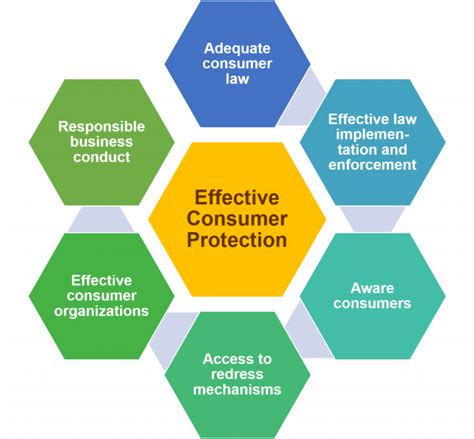
Moreover, educational materials on recognizing counterfeit products can empower consumers to make informed decisions.
Collaboration between consumers and these organizations enhances the effectiveness of combating counterfeiting.
As counterfeit products continue to rise, staying updated on available resources is crucial for consumer protection.
5. What steps can consumers take to protect themselves from counterfeit products?
Preventive measures are vital for consumers to safeguard against counterfeit products. Here are essential steps to consider:
- Research Brands: Familiarize yourself with brands and their legitimate products.
- Purchase from Reputable Sources: Buy from well-known retailers and verified websites.
- Check for Authenticity: Look for signs of authenticity, such as holograms or certificates.
By taking these steps, consumers can significantly reduce the likelihood of purchasing counterfeit items.
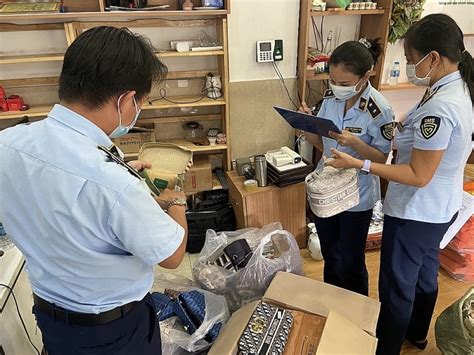
Education and awareness are key components of consumer protection. Workshops and seminars by consumer rights organizations can help enhance understanding.
Ultimately, a proactive approach can help consumers feel more secure in their purchases.
6. How can consumers identify counterfeit products?
Identifying counterfeit products requires vigilance and attention to detail. Here are several tips to help consumers:
- Examine Packaging: Look for inconsistencies in packaging quality.
- Check Product Quality: Authentic products usually have higher quality.
- Verify Labels: Ensure that labels and logos are accurate.
Recognizing these signs can help consumers avoid counterfeit products and protect their investments.
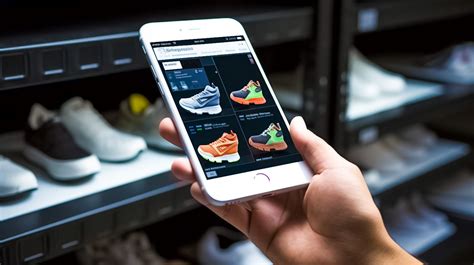
Online resources also provide valuable insights into identifying fake products. Many brands offer guidance on recognizing authentic items.
Staying informed and aware can significantly empower consumers against fraud.
7. What role do manufacturers play in preventing counterfeiting?
Manufacturers play a crucial role in combating counterfeiting. Their responsibilities include:
- Implementing Security Features: Such as holograms and QR codes to verify authenticity.
- Educating Consumers: Providing information on how to identify genuine products.
- Reporting Counterfeits: Actively reporting counterfeit products and sellers to authorities.
By taking these steps, manufacturers can help protect consumers and their brand integrity.
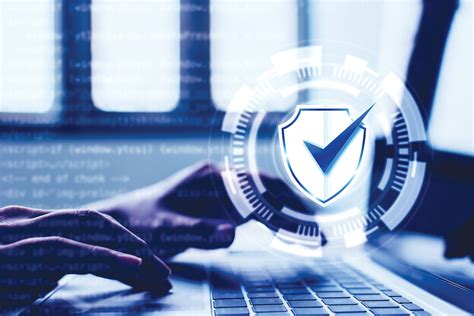
Collaborative efforts between manufacturers and consumers can lead to more effective strategies against counterfeiting.
Overall, the involvement of manufacturers is vital in creating a safer marketplace for consumers.
8. How does technology help in fighting counterfeit goods?
Technology plays a significant role in combating counterfeit goods through various innovative solutions:
- Blockchain: Providing transparent supply chain tracking.
- RFID Tags: Enabling real-time inventory tracking and authentication.
- Mobile Apps: Allowing consumers to verify product authenticity with ease.
These technological advancements empower consumers to make informed purchasing decisions and reduce the risk of counterfeiting.
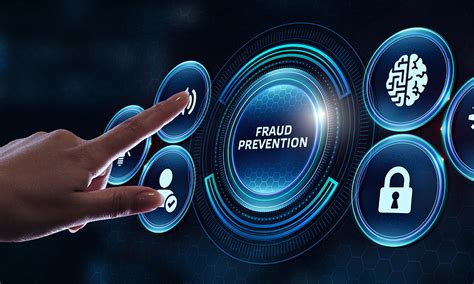
As technology evolves, so do strategies for preventing counterfeiting, making it an essential focus for both consumers and manufacturers.
Embracing technology can enhance consumer confidence and contribute to a safer marketplace.
9. What impact do counterfeit goods have on the economy?
Counterfeit goods have far-reaching implications for the economy, including:
- Loss of Revenue: Businesses lose billions annually due to counterfeiting.
- Job Losses: The counterfeit market can lead to reduced employment opportunities.
- Consumer Trust: Counterfeiting erodes consumer confidence in brands.
These impacts highlight the importance of combatting counterfeit products to maintain a healthy economy.
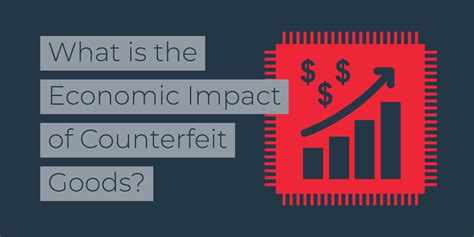
Addressing counterfeiting not only protects consumers but also ensures the sustainability of businesses and economic growth.
Awareness campaigns can further emphasize the significance of this issue to consumers and businesses alike.
10. How can consumers stay informed about counterfeit risks?
Staying informed about counterfeit risks is essential for consumers. Here are effective ways to do so:
- Follow Consumer Protection Organizations: Subscribe to updates and newsletters.
- Engage on Social Media: Follow brands and consumer advocates for alerts.
- Attend Workshops: Participate in educational programs about counterfeiting.
By actively seeking information, consumers can better protect themselves and others from counterfeit risks.
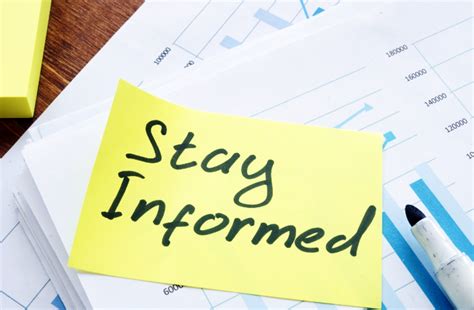
Community engagement is also vital, as sharing knowledge can create a more informed public.
Overall, continuous education is key to consumer protection against counterfeiting.
Summary of Consumer Rights When Reporting Fakes
| Consumer Rights | Actions |
|---|---|
| Right to Safety | Protect against harmful products |
| Right to Information | Be informed about product risks |
| Right to Choice | Access safe and genuine products |
| Right to be Heard | Voice complaints and seek redress |

